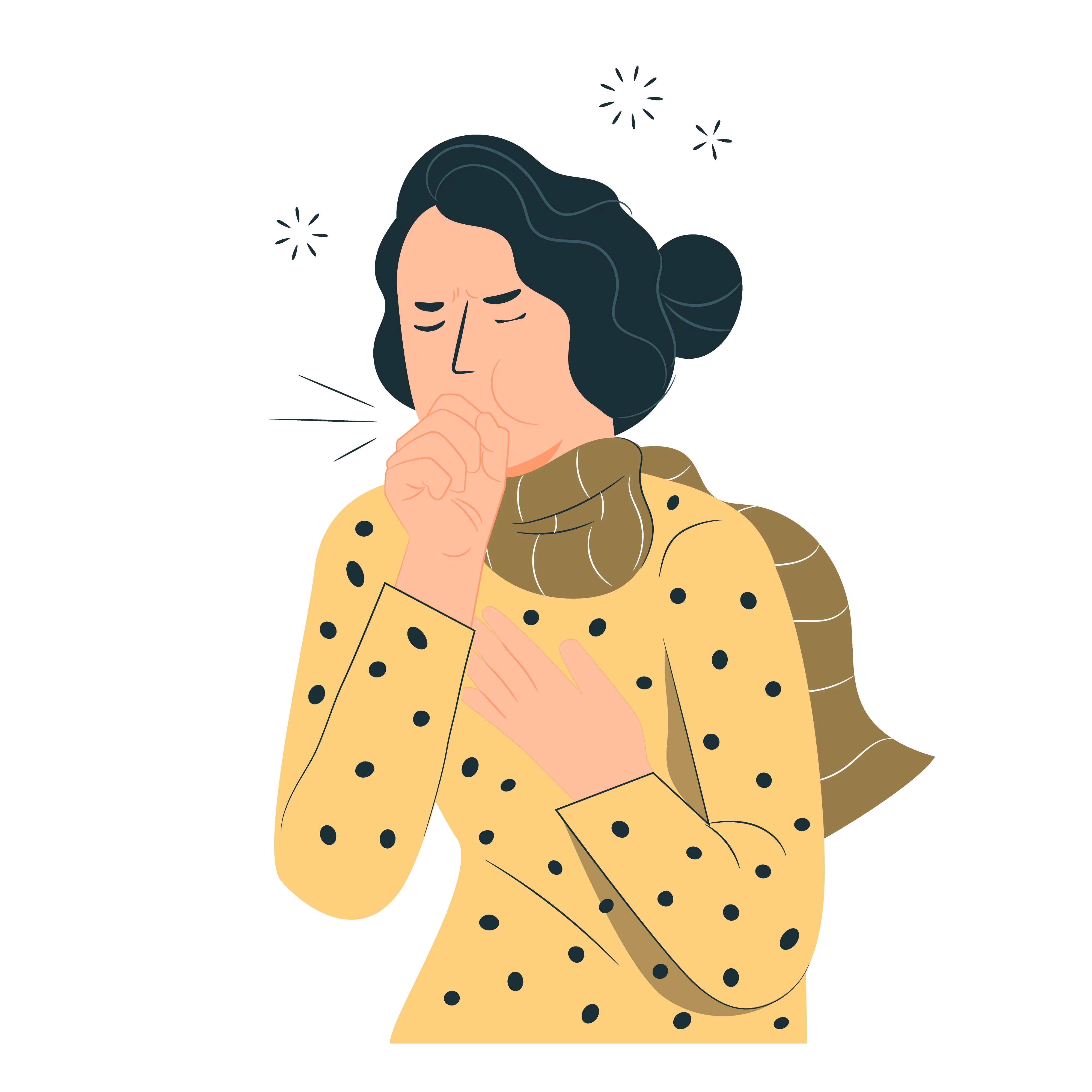Covid | 4 min read
What is Florona? Here are 6 Things You Must Know About This Condition
Medically reviewed by
Table of Content
Key Takeaways
- Florona is a double infection caused by both flu and COVID-19 viruses
- Both coronavirus and influenza virus spread through aerosol droplets
- The condition affects the upper respiratory tract and can be severe
The threat of third wave has been lingering with the emergence of the latest coronavirus variant, omicron. There has been a considerable increase in the number of active cases across the globe. WHO has labelled this as a ‘Variant of Concern’ owing to its increased transmissibility rate [1]. While this strain is creating panic, a new infection has been detected in Israel, where both flu virus and coronavirus play a part. This unusual condition has thus been named Florona, a combination of flu and corona.
It has been proven that Florona is not a new strain of coronavirus but shows symptoms of both COVID-19 and flu simultaneously. While flu can be nagging, COVID-19 may further worsen health conditions by mimicking a few flu symptoms. With both these infections occurring together, it is smart for you to be very careful. To know more about Florona, as well as its occurrence and symptoms, read on.
Additional Read: Omicron VirusWhere was the Florona condition first detected?
The first case of Florona was reported in Israel on December 31, 2021, in a pregnant woman who was due for her delivery. This condition was caused by a double infection of influenza and COVID-19. It was observed that she was not vaccinated for COVID-19 as well. The doctors in Israel are examining this new disease as there has been a surge of flu cases in Israel over the past few days.
This is said to be more threatening to your immune system as two different viruses invade your body at the same time. The patient experienced difficulty in breathing that led to the diagnosis of both infections. It was seen that both these viruses attacked the upper respiratory tract, which resulted in a severe infection.

How does this new Florona disease spread?
It is important to understand that unlike other variants like omicron, delta, alpha and kappa, Florona is not caused by a mutant strain of coronavirus. Only when your body gets exposed to both coronavirus and flu virus, this condition may occur.
Both the viruses spread through aerosol particles. Respiratory droplets infected with virus get transmitted from one person to another while coughing, sneezing and speaking [2]. If you are in close proximity to an infected person or touch any surface contaminated with viruses, you may contract both viruses.
Once they enter your body, it takes approximately 2 to 10 days for symptoms to appear. This period is called the incubation period and is the riskiest stage. It is at this phase when there is a high risk of viruses being spread to others.
What are signs and symptoms of Florona observed?
Since this condition causes flu and COVID-19, you may observe signs of both these infections. A few common symptoms observed include:
- Fatigue
- Headache
- Runny nose
- Fever
- Sore throat
- Cough
The severity of these symptoms may vary from one person to another. While some may experience mild signs, others may suffer more severe symptoms. Apart from the above-mentioned symptoms, you may also experience loss of smell or taste as it is a classic sign of COVID infection.

Is Florona a cause of concern?
A severe infection of COVID can damage multiple organs causing serious health complications. Assuming you acquire both flu and COVID at the same time, your body’s immune system would be under stress in fighting two different viruses. Since both flu and COVID-19 have overlapping symptoms, diagnosis may be difficult. However, there is not much information available on the severity of Florona.
How can the Florona condition be diagnosed?
Proper diagnostic methods can help in determining this condition. PCR tests and other laboratory tests can help in diagnosing flu and COVID infections.
What is the treatment regime that you need to follow?
While there is a possibility of this disease affecting all age groups, seniors and those with comorbidities are at a higher risk of acquiring this dual infection. Healthcare workers and pregnant women too are at equal risk.
For reducing the complications of COVID-19 infection, respiratory support and corticosteroids can be given. For influenza, your doctor may prescribe antiviral drugs and other antibiotics. The best preventive measure is to vaccinate yourself with both influenza and COVID-19 vaccines. If you fall in the high-risk group, it is more important to vaccinate yourself.
Additional Read: Important to Wash Your Hands During COVID-19Remember, prevention is always better than cure. Following precautionary measures is the key to protecting yourself from infections like flu, COVID-19, or Florona. If you find any unusual symptoms such as fever or sore throat, get yourself checked on time. This way you are not only safeguarding yourself but also your loved ones.
For any health concerns, you can contact top specialists on Bajaj Finserv Health. Book a video consultation and address your symptoms without any delay. Be proactive and protect your and your loved ones’ health by getting the right medical care.
References
Disclaimer
Please note that this article is solely meant for informational purposes and Bajaj Finserv Health Limited (“BFHL”) does not shoulder any responsibility of the views/advice/information expressed/given by the writer/reviewer/originator. This article should not be considered as a substitute for any medical advice, diagnosis or treatment. Always consult with your trusted physician/qualified healthcare professional to evaluate your medical condition. The above article has been reviewed by a qualified doctor and BFHL is not responsible for any damages for any information or services provided by any third party.



